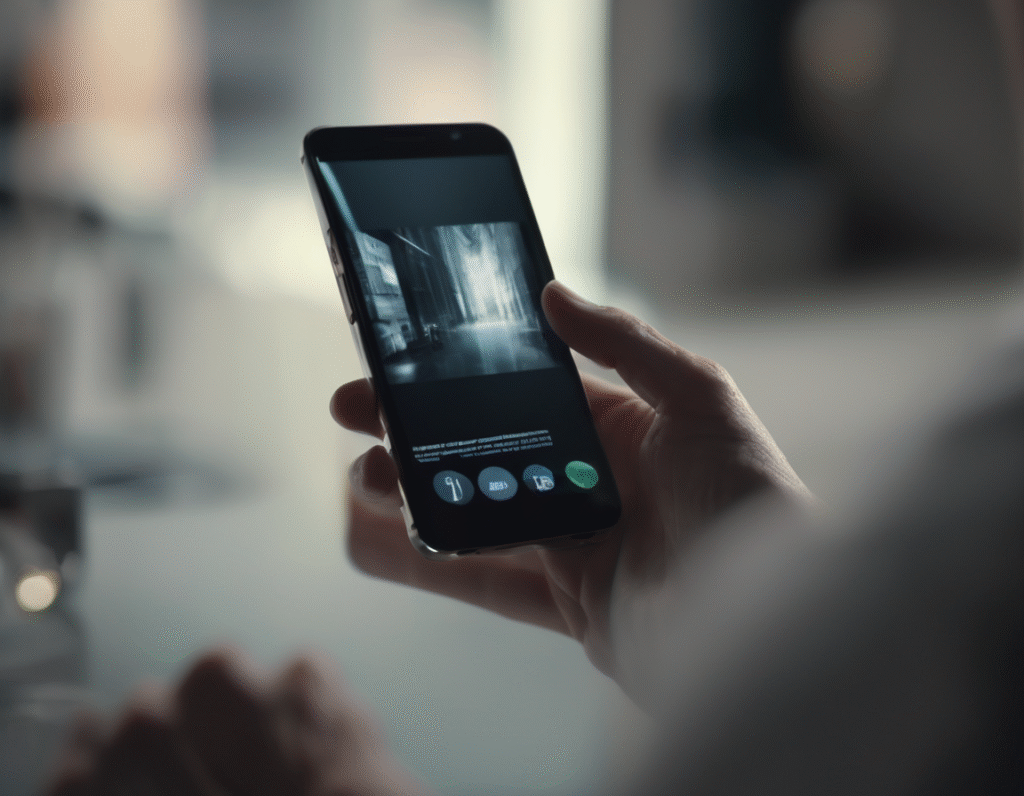Foldable phones have evolved from futuristic novelties into powerful and practical devices that offer a unique blend of portability and large-screen versatility. They cater to a range of users, from multitaskers and mobile gamers to those who simply appreciate innovative design. The best models deliver strong performance, durable builds, and impressive displays that unfold to provide more space for apps, videos, and work. The ideal foldable for you depends on your needs. They primarily come in two styles. Book-style foldables open horizontally to reveal a tablet-like screen, perfect for productivity and media. Flip-style phones, resembling classic clamshells, fold vertically to become incredibly compact and stylish. Best Foldable Phones for 2025 While specific models are constantly updated, the current market leaders typically include devices from Samsung, Google, and Motorola. Samsung’s Galaxy Z Fold series is the benchmark for book-style power users, offering top-tier specs and robust multitasking features. The Google Pixel Fold brings the clean Android experience and exceptional camera software to the foldable format. For those preferring a compact design, the Motorola razr and Samsung’s Galaxy Z Flip series are popular flip-style choices, known for their pocket-friendly form factors and useful cover displays. How We Test Foldable Phones Our evaluation process for foldables considers the same core principles as traditional smartphones. We look for strong battery life that can last a full day, bright and vibrant inner displays, sharp cameras, and responsive performance. However, we also pay close attention to the unique aspects of foldables, such as the durability of the hinge and flexible screen, the usability of the outer cover display, and the software experience tailored for a large, foldable canvas. Are Foldable Phones Worth It? A Note on Durability The most significant consideration with foldable phones is durability. While many modern foldables boast water resistance ratings, their flexible screens, which are primarily made of plastic, present unique challenges. Most come with a factory-installed screen protector that users are advised not to remove themselves. Over time, typically between nine to twelve months, these protectors can sometimes begin to bubble and may require a professional replacement. It is also crucial to keep sharp objects away from the inner screen, as they can cause permanent damage. Repair costs for a flexible display are generally higher than for a standard phone screen, potentially reaching several hundred dollars. In short, while foldable durability has improved dramatically, they still require more careful handling than a traditional smartphone. The decision to buy one should factor in this need for extra care alongside the higher initial purchase price. Foldable Phone FAQs What is the difference between a foldable phone and a flip phone? Both use flexible screens, but their form and function differ. A foldable phone typically opens like a book to reveal a larger, tablet-style screen ideal for multitasking. A flip phone folds vertically into a compact, pocket-friendly clamshell, prioritizing portability over screen size. What is the disadvantage of a foldable phone? The main disadvantages are cost and durability. Foldables are often more expensive than traditional smartphones due to their complex hinges and screens. They can also be bulkier and their flexible displays, while improved, are inherently more delicate than rigid glass. Are foldable phones less durable than other phones? Generally, yes, though the gap is narrowing. The moving parts and flexible screen make them more susceptible to wear and potential damage compared to a standard phone. However, manufacturers have made significant strides with stronger hinges, better screen materials, and water resistance, making current models much more resilient than earlier versions.


